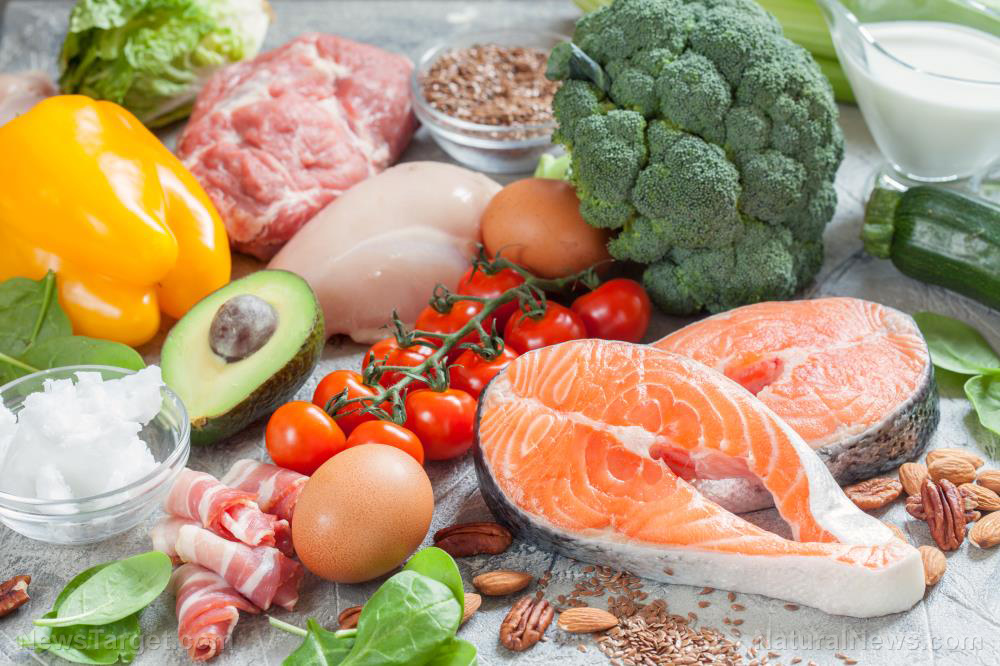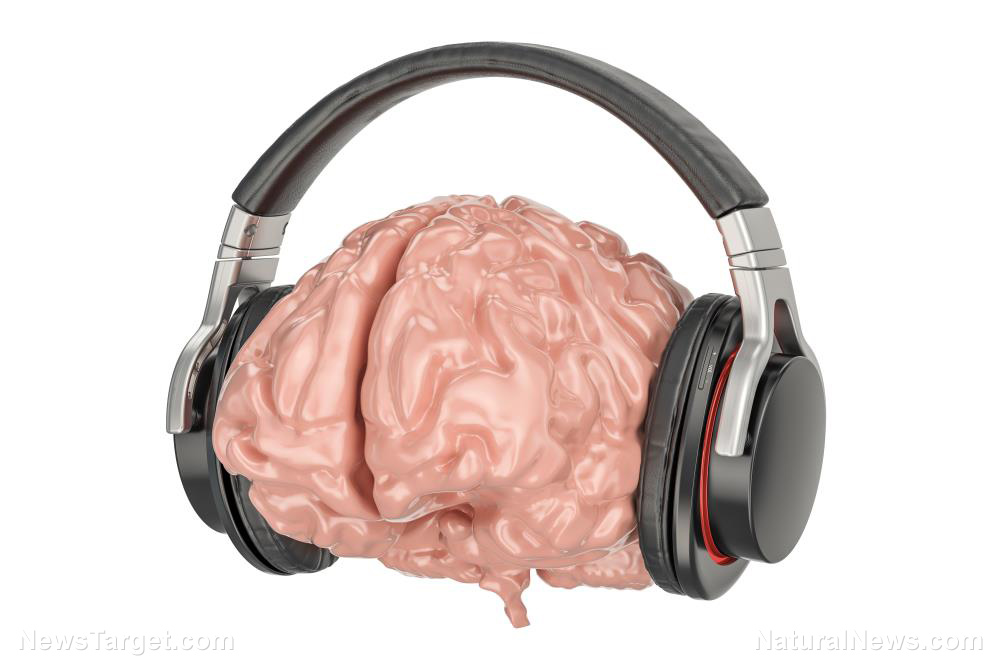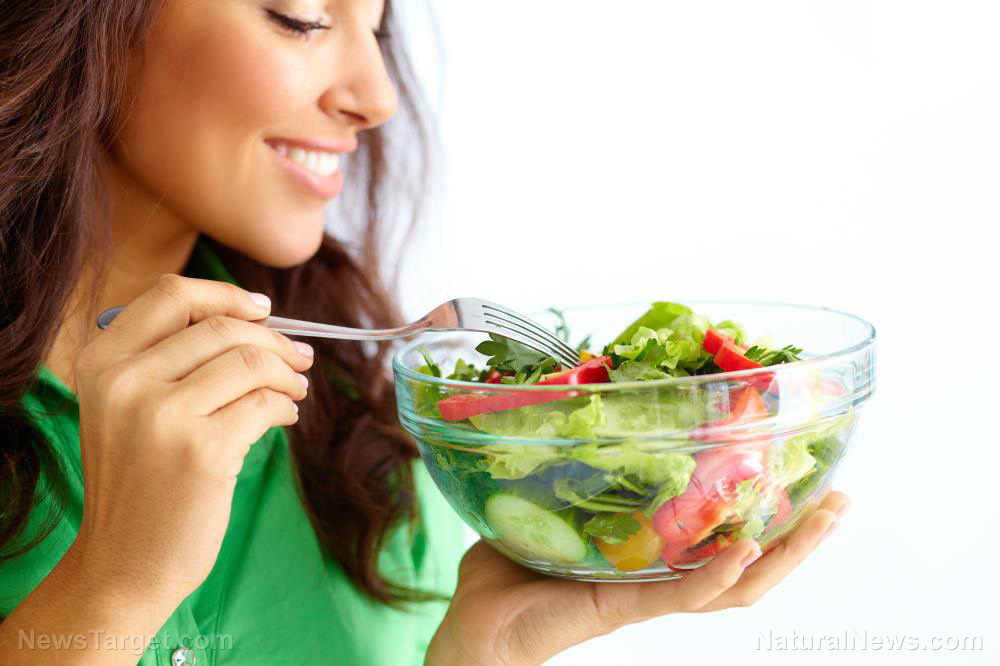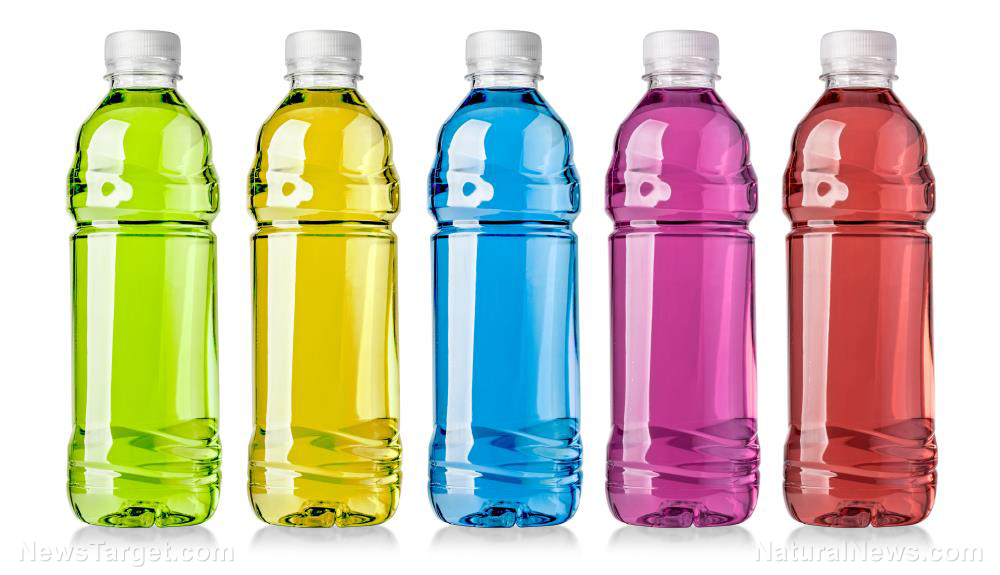TV marketing found to be promoting unhealthy food, contributing to the escalating obesity epidemic
12/20/2018 / By Zoey Sky

Most people probably just ignore ads while watching their favorite teams face each other during big sporting events, but kids can’t always ignore commercials for various products, such as junk food and beverages. According to a study involving social scientists, most food and beverages advertised via multi-million-dollar television and online sports sponsorships are unhealthy. In fact, these advertisements are major contributors to the escalating obesity epidemic among children and adolescents in the U.S.
Sports leagues and junk food
For the study, social scientists from the New York University School of Medicine (NYU School of Medicine) and other national academic health institutions examined Nielsen statistics of televised sports programs among children aged two to 17 years old.
The results showed that out of the 10 most watched sports organizations, the majority of food products advertised were rated “unhealthy” under the guidelines of the Nutrient Profile Model (NPM).
The NPM is a profiling system used to determine nutritious value in the U.K. and in Australia. The U.S. doesn’t have a similar measurement system. The NPM system assigns a score to all foods, then the scores can be converted to a zero to 100 point scale called the Nutrient Profile Index (NPI). If a food has an NPI of 64 or higher, it is considered “nutritious.”
However, after applying the NPI scoring to foods usually promoted via sports sponsorships, the scientists determined that over three-quarters of the food products didn’t meet minimal standards for nutrition. The promoted foods, like potato chips and sugary cereals, had an alarming average NPI score of about 38 to 39. (Related: Top 7 holiday “goodies” that contain chemicals and carcinogens you should avoid – replace with these healthy substitutes.)
The research team analyzed sports sponsorship agreements from 2006 to 2016 that involved food and beverage manufacturers, and these were the 10 sports organizations that had the most youth viewers:
- The Fédération Internationale de Football Association (FIFA)
- Little League Baseball
- Major League Baseball (MLB)
- The National Association for Stock Car Auto Racing (NASCAR)
- The National Basketball Association (NBA)
- The National Collegiate Athletic Association (NCAA)
- The National Football League (NFL)
- The National Hockey League (NHL)
- The Professional Golfers Association (PGA)
- Ultimate Fighting Championship (UFC)
Using Nielsen television ratings for sports programs that aired in 2015, researchers determined that the 10 sports organizations with events that most were most frequently watched by younger viewers. They then compiled a list of all sponsors for the 10 organizations.
The sponsors were grouped into one of 11 categories, which included “automotive,” “food/beverage,” and “retail.”
The researchers identified the “food/beverage” ads via AdScope (an ad database) and YouTube. They used specific search criteria, such as the name of the product or if a product logo was shown in the ad.
Based on the Nielsen audience viewership data, over 412 million viewers aged two to 17 watched sports programs associated with 10 sports organizations in 2015. More than 234 sponsors were associated with the 500 most-watched programs.
Out of all the categories, food/nonalcoholic beverage was the second-most common advertising category (about 19 percent). It came second after automotive-related ads (about 20 percent). Food and non-alcoholic beverages were shown 173 times, but over 76 percent of the promoted products had NPM-derived scores lower than 64.
With 10 sponsors, the NFL outranked the rest of the organizations. The NHL came in second with seven sponsors while Little League Baseball was third in the list with six sponsorships, something that worried the scientists because of the child-targeted nature of the organization. The MLB, NASCAR, NBA, NCAA, and PGA had four sponsors each.
The study results also revealed that the NFL had the highest number of television impressions from its ads among viewers ages two to 17 years old (over 224 million) and total YouTube views (over 93 million).
Dr. Marie Bragg, assistant professor of Population Health at NYU School of Medicine and the study’s lead investigator, warned that there is an epidemic of child and adolescent obesity in the U.S. The results of the study suggest that sports organizations and several sponsors are either directly and indirectly contributing to the problem. Dr. Bragg added that sports organizations must come up with more health-conscious marketing strategies that promote the recommendations of national medical associations.
Back in 2016, Dr. Bragg et al. published a separate study that had comparable results after analyzing food and beverage sponsorships associated with top music celebrities.
Dr. Bragg acknowledged the study’s limitations, such as the exclusion of in-stadium advertising and sponsorship appearances within games. She added that they were also unable to differentiate between unique views and repeated views of YouTube ads. However, Dr. Bragg warned that organized sports heavily promote unhealthy food and beverages. She concluded that the organizations “must put forth a better effort to protect their youngest and most impressionable fans.”
The study was published in the peer-reviewed journal Pediatrics.
Encouraging a healthy lifestyle in children
One way to address the obesity epidemic in the country is by encouraging active play and offering children delicious yet healthy homemade snacks, such as:
- Frozen berry yogurt
- Fruit and nut yogurt
- Fruit skewers
- Mango and banana smoothies
- Spiced apple crisps
- Turkey and pepper pitas
You can read more articles about the dangers of letting your children eat unhealthy food and beverages at FastFood.news.
Sources include:
Tagged Under: childhood obesity, food safety, harmful food, Harmful ingredients, hidden ingredients, obesity, online sports sponsorships, sports leagues, television sponsorships, tv marketing



















